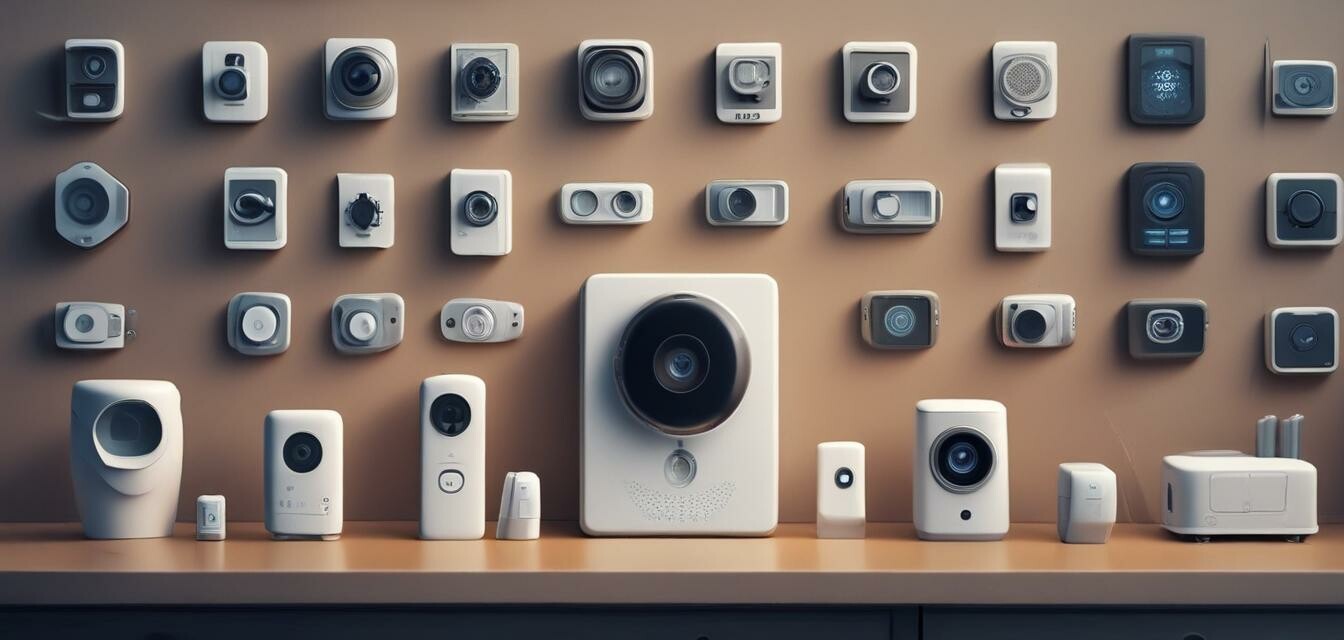
Importance of Regular Updates for Security Devices
Key takeaways
- Regular updates enhance the security features of your devices.
- Updates can fix vulnerabilities and improve device performance.
- Scheduling updates can save time and ensure devices are protected.
- Understanding how to update your devices is essential for optimal security.
In today's world, smart security devices have become an essential part of safeguarding our homes. However, just having these devices is not enough. Regularly updating them is crucial to maintain optimal security levels. In this article, we will delve into the importance of updates for smart security devices and how to manage them effectively.
Why Regular Updates Matter
Regular updates play a critical role in ensuring that your smart security devices function effectively. Here's why keeping your security devices updated is crucial:
- Enhanced Security: Updates often include patches for known vulnerabilities, ensuring that your devices are protected from potential threats.
- Improved Performance: Manufacturers frequently optimize software to fix bugs, which can enhance the overall performance of your devices.
- New Features: Updates may introduce new functionalities that enhance usability or provide additional security features.
- Compliance: Keeping devices updated ensures they adhere to the latest security standards and regulations.
Common Security Risks of Outdated Devices
Using outdated security devices can leave your home vulnerable. Here are some common risks associated with outdated systems:
| Risk | Description |
|---|---|
| Unauthorized Access | Hackers exploit outdated software to gain unauthorized access to your camera feeds or smart locks. |
| Malware Attacks | Old firmware may lack defenses against new types of malware, putting your entire network at risk. |
| Device Malfunction | Older software can lead to crashes or failures in security systems at critical moments. |
| Lack of Support | Once devices are outdated, manufacturers may cease support, leaving you vulnerable to new security challenges. |
How to Manage Updates Effectively
Keeping track of updates can seem overwhelming, but there are simple strategies to manage it effectively. Here’s how:
- Enable Automatic Updates: Whenever possible, turn on automatic updates for your security devices to ensure they stay current.
- Regularly Check for Updates: If automatic updates aren’t available, make it a habit to check for updates monthly.
- Keep Track of Update Releases: Stay informed about new firmware or software releases by subscribing to manufacturer newsletters or RSS feeds.
- Schedule Maintenance: Set reminders on your calendar for regular maintenance checks of your devices.
Best Practices for Device Security
In addition to keeping your devices updated, here are some best practices to enhance your smart home security:
- Use Strong Passwords: Ensure all devices have unique, strong passwords to minimize unauthorized access.
- Secure Your Wi-Fi Network: Employ encryption and hide your network SSID to prevent intruders from gaining access.
- Regularly Review Permissions: Check which applications and devices have access to your home network.
- Educate Your Family: Make sure all family members understand the importance of security practices.
Conclusion
In conclusion, regular updates for security devices are essential to maintain a high level of security in your smart home. By understanding the significance of updates and implementing effective management strategies, you can protect your home from potential risks and vulnerabilities. Ensuring your security devices are always current is a key step in safeguarding your property. For more insights, check out our buying guides on smart home security systems and other helpful tips under Tips & Best Practices.
Pros
- Increased security and reduced risks of breaches.
- Access to new features and improvements.
- Improved device longevity and performance.
Cons
- Occasional updates may cause temporary device inaccessibility.
- It may require time and patience to understand new features.
- Some users may forget to check for updates manually.
